After decades, River Ganga has started breathing again. It is rejuvenating, marine life is returning and its water in certain stretches has been classified as ‘fit for drinking‘.
Reason: Industries that discharge effluents in the river are shut and humans who pollute the river are stuck indoors, due to the lockdown.
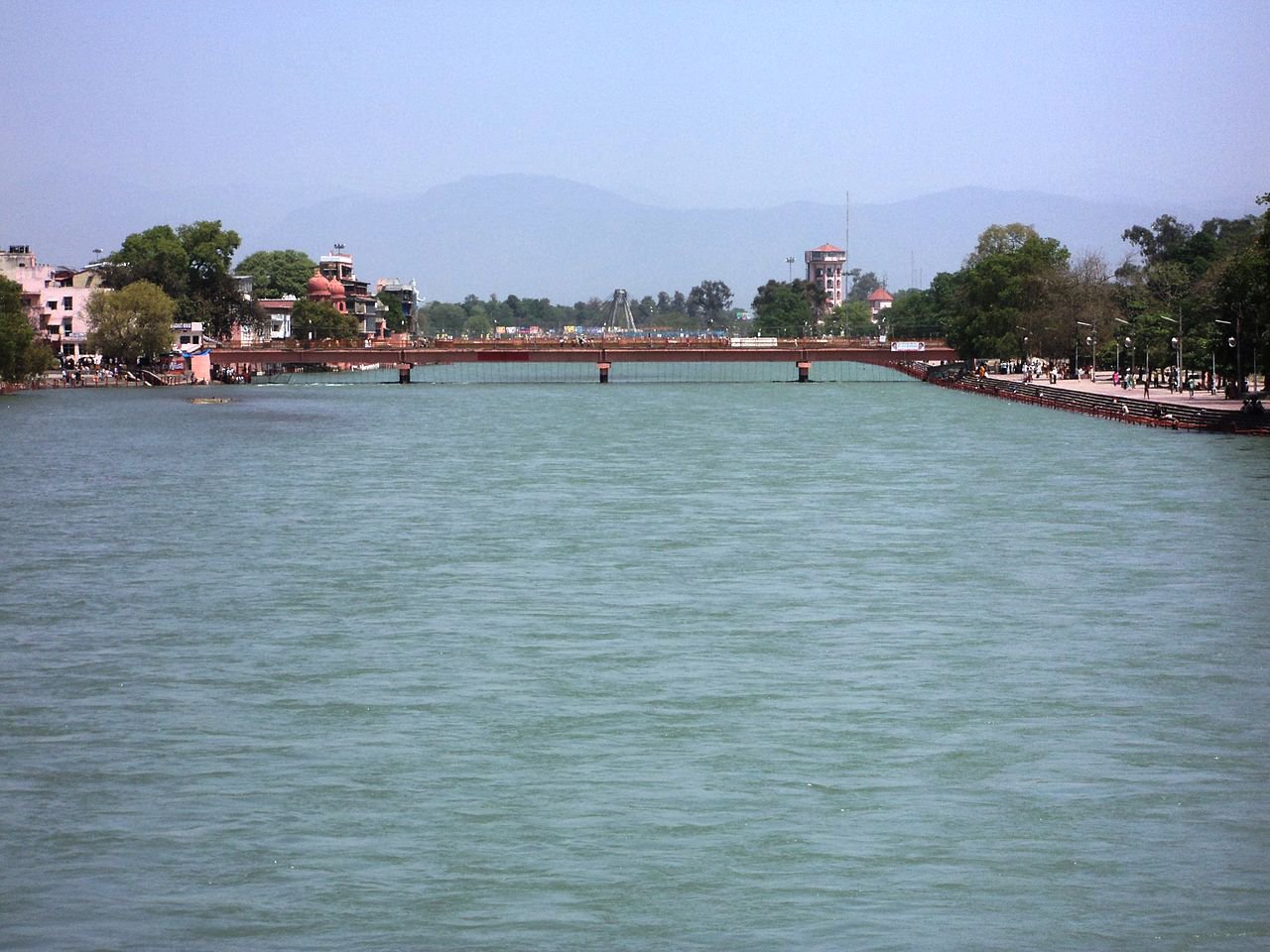
While government projects to improve the water quality of the river have been in existence for years, it took nature just three weeks to correct itself.
River Ganga flowing cleanest ever in centuries🙏 pic.twitter.com/Rswpm7gm1k
— Vedavati S (@VinuVeda) April 22, 2020
What is worth noting here is that governments over the years have been spending large amounts of funds on cleaning the river.
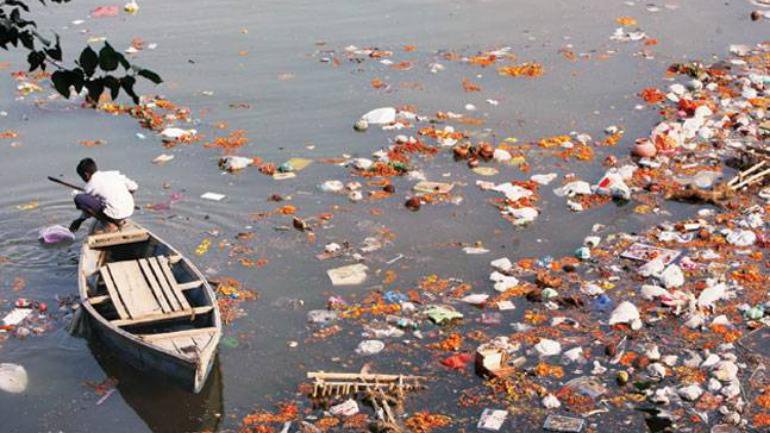
Initiatives to clean the river began in 1986 when the then government launched the Ganga Action Plan I. Reports suggest that a whopping amount of ₹4,800 crore was spent on the rejuvenation of the river till 2014, but nothing considerable was achieved.
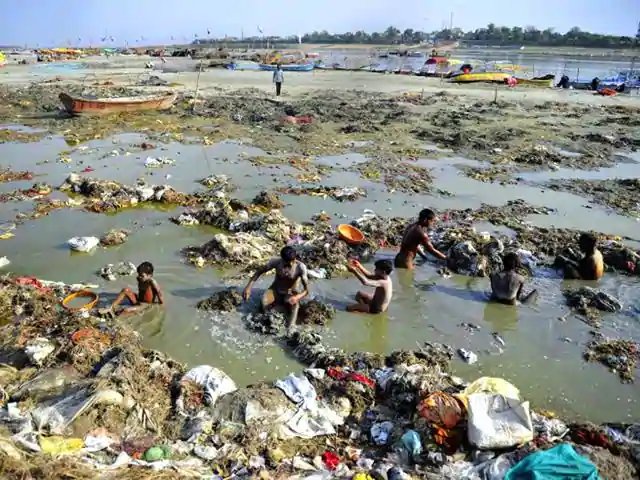
Then the NDA government launched the Namami Gange project, the biggest-ever initiative to clean the river, in May 2015. Over ₹20,000 crore were allotted to this project.
In two years, the government spent ₹7,000 crore on its flagship programme to rejuvenate and cleanse River Ganga. Taking the issue into consideration the National Green Tribunal in 2017, said:
Even after spending ₹7304.64 crores upto March 2017, by the Central Government, State Government and local authorities of the State of UP, the status of river Ganga has not improved in terms of quality or otherwise and it continues to be a serious environmental issue.
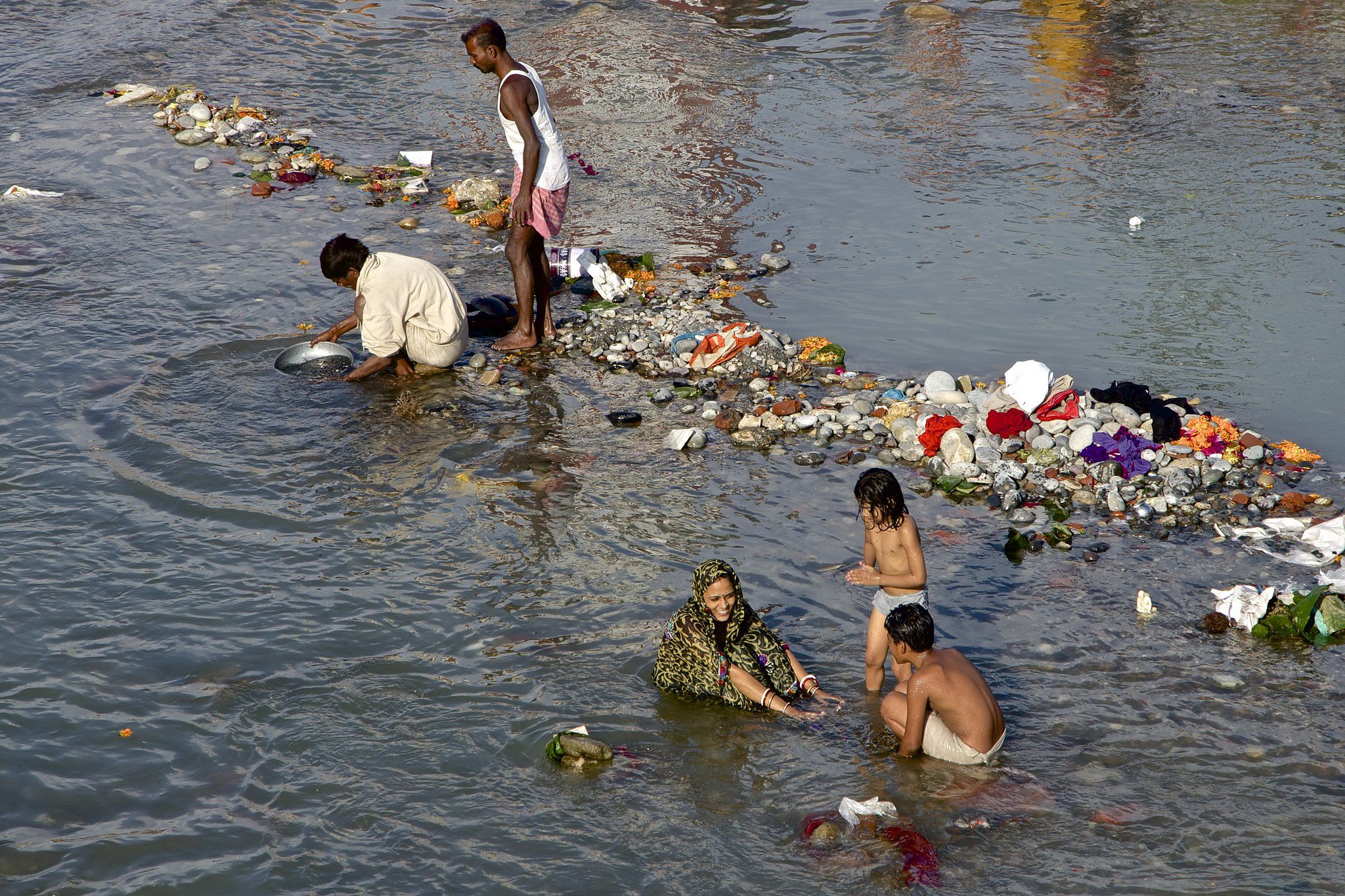
Following this, the NGT directed regulation of activities on the banks of River Ganga and asked the state governments to formulate guidelines for the same, most of which only remained on papers.
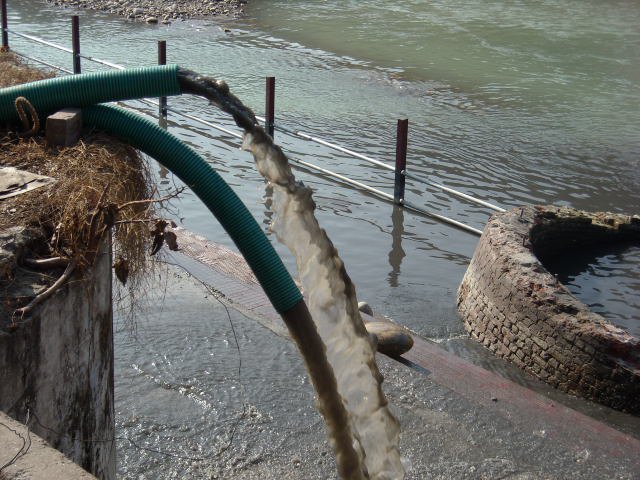
Moreover, the deadline for the completion of the project has been extended again and again. Initially, it was planned to be completed by 2019, which was later revised to 2020 and now to 2022.
All through these years, never was the river’s water deemed to be fit for human consumption. In fact, data from the Central Pollution Control Board in June 2019 revealed that the water in River Ganga was not fit for drinking in the entire stretch of Uttar Pradesh (except for Bijnor), Bihar, Jharkhand and West Bengal.
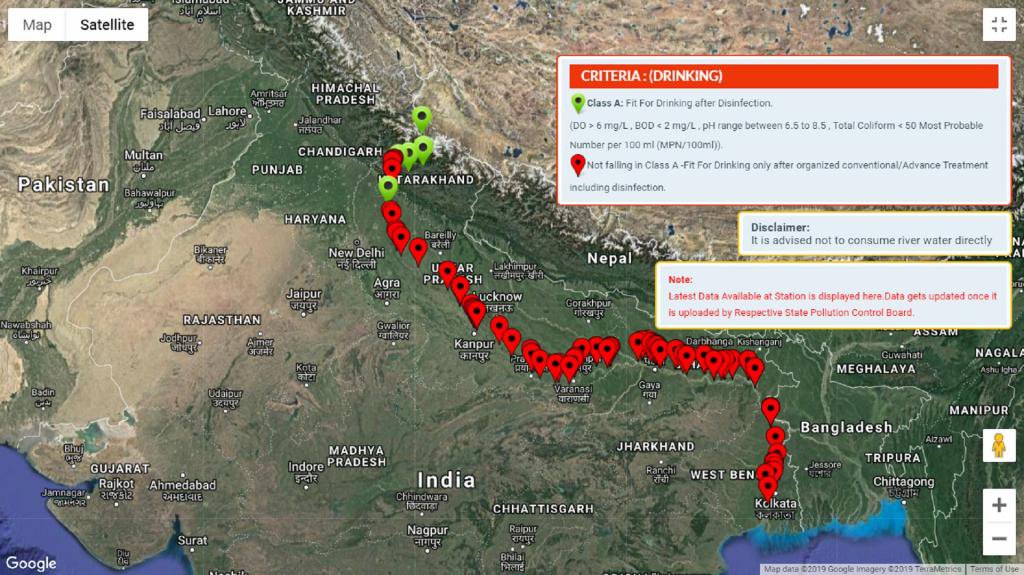
Leave aside drinking, the water was classified as ‘fit for bathing’ also only at certain places in Uttarakhand, Uttar Pradesh and Jharkhand. Otherwise the entire stretch was unfit for bathing.
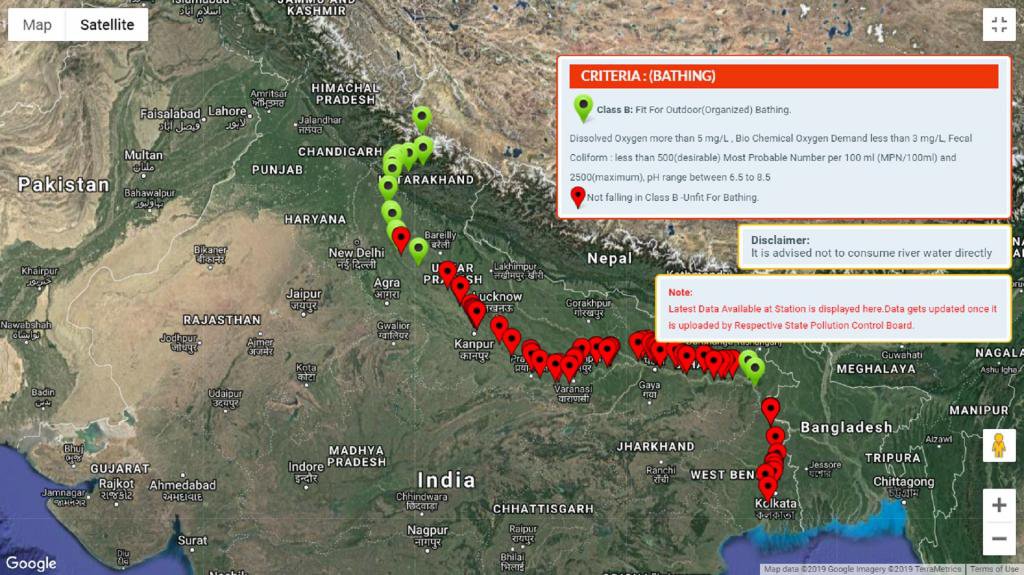
After almost three decades of efforts to clean a river that is also India’s lifeline, it is sad to hear from experts that the project is far from being a success.

But on the flip side, it is heartening to see that some of the major rivers in India are rejuvenating all by themselves, including River Ganga.
Now that Ganga and Yamuna have cleaned themselves, government should spend the money allocated to clean them to enforce they don’t get polluted again. Isi tarah se danda maare jaise abhi maar rahe hain. Penalise, jail. Whatever. But inko wapas pollute mat hone do pic.twitter.com/uUFDw5FcSA
— Sandeep Mall (@SandeepMall) April 5, 2020
What couldn’t be achieved by government intervention for decades, has been achieved by a lockdown in just 3 weeks.
So how to clean a #river.
— Parveen Kaswan, IFS (@ParveenKaswan) April 8, 2020
1. Don’t throw waste in it
2. Let the river maintain its ecological flow.
Both are happening now. Less withdrawal & less waste disposal. You see it is so easy. River #Ganga beautifully flowing at Haridwar. VC ANI. pic.twitter.com/IyjgdFDCzC
While it is true that the river won’t remain as clear as it is now, when the lockdown is lifted, we can surely try to minimise the damage.
We can learn from our past mistakes.
And we can prevent the river from returning to its previous state.

















